


During this time of uncertainty, I have found myself falling back upon activities and projects that brought me happiness in the past. One particular task that seems to always give me a sense of peace is soap-making. There is something about the slow process, the circular motion of mixing, and the smells of oils wafting throughout the kitchen that puts my mind at ease.
What I look forward to most is that hopefully by the time this batch of soap is cured, we will be out of the quarantine and basking in the summer sunlight with our friends and family members.
This go-round I decided to try throwing a new fat into the mix…shea butter. I love the smooth, creamy texture the shea butter gave to this soap and I cannot wait to see how it feels on the skin! I also wanted to try to bring some summer love to this batch, so I sprinkled some dried calendula pedals (from last year’s garden) onto the top of the soap before curing.
I hope you enjoy this recipe, and I look forward to sharing more at-home projects with you throughout this strange time in our world’s history. Be safe and be well, friends.
Vegan Soap Recipe No. 2
5 cups distilled water
12 oz lye
10 cups organic unrefined coconut oil
2 cups //ws-na.amazon-adsystem.com/widgets/q?ServiceVersion=20070822&OneJS=1&Operation=GetAdHtml&MarketPlace=US&source=ac&ref=qf_sp_asin_til&ad_type=product_link&tracking_id=makofahom-20&marketplace=amazon®ion=US&placement=B07S9H5BYG&asins=B07S9H5BYG&linkId=fd80223b29de721b03c43d397b4e75a5&show_border=false&link_opens_in_new_window=true&price_color=333333&title_color=0066c0&bg_color=ffffff” data-wplink-url-error=”true”>organic shea butter
Essential oils of your choosing (if desired)
Brazilian clay of your choosing (if desired) (I used yellow Brazilian clay in this particular batch.)
*Before you get started, please know that making soap with lye can be very dangerous. You MUST be sure you are wearing proper gloves and eyewear at all times, and you must be in a well ventilated room!
Step 1: In a large stainless steel bowl, carefully stir the lye into the distilled water. Stir continuously until all the lye is dissolved. (This mixture can rise in temperature to almost 200 degrees, so again, proceed with caution.) Allow the lye-water mixture to cool to 75 degrees. This can often take several hours.
Step 2: Warm the coconut oil and shea butter in a stock pot until it becomes liquid. Remove from the heat and allow to cool to 80-85 degrees.
Step 3: In a very slow and steady stream, carefully add the coconut oil and shea butter to the lye-water mixture while stirring constantly.
Step 4: Once all the coconut oil and shea butter has been added, I use an immersion blender to get the soap to reach trace phase (the consistency of a thick honey).
Optional Step: If adding essential oils, blend the oils in at this time. And if adding clay for coloring your soap: mix a tablespoon of clay with .25-.50 mL of your chosen essential oil. Partially mix the clay into the soap mixture so it streaks.
Step 5: Pour mixture into soap molds. Cover with plastic. I then place lots of old beach towels on top of the plastic wrap to help insulate the soap.
Step 6: Allow your soap to remain insulted for 3-4 days. Then remove the soap from the molds, cut the soap (if necessary), and place on a cooling rack.
Step 7: Allow your soap to cure on the cooling rack for at least 2 months before using.

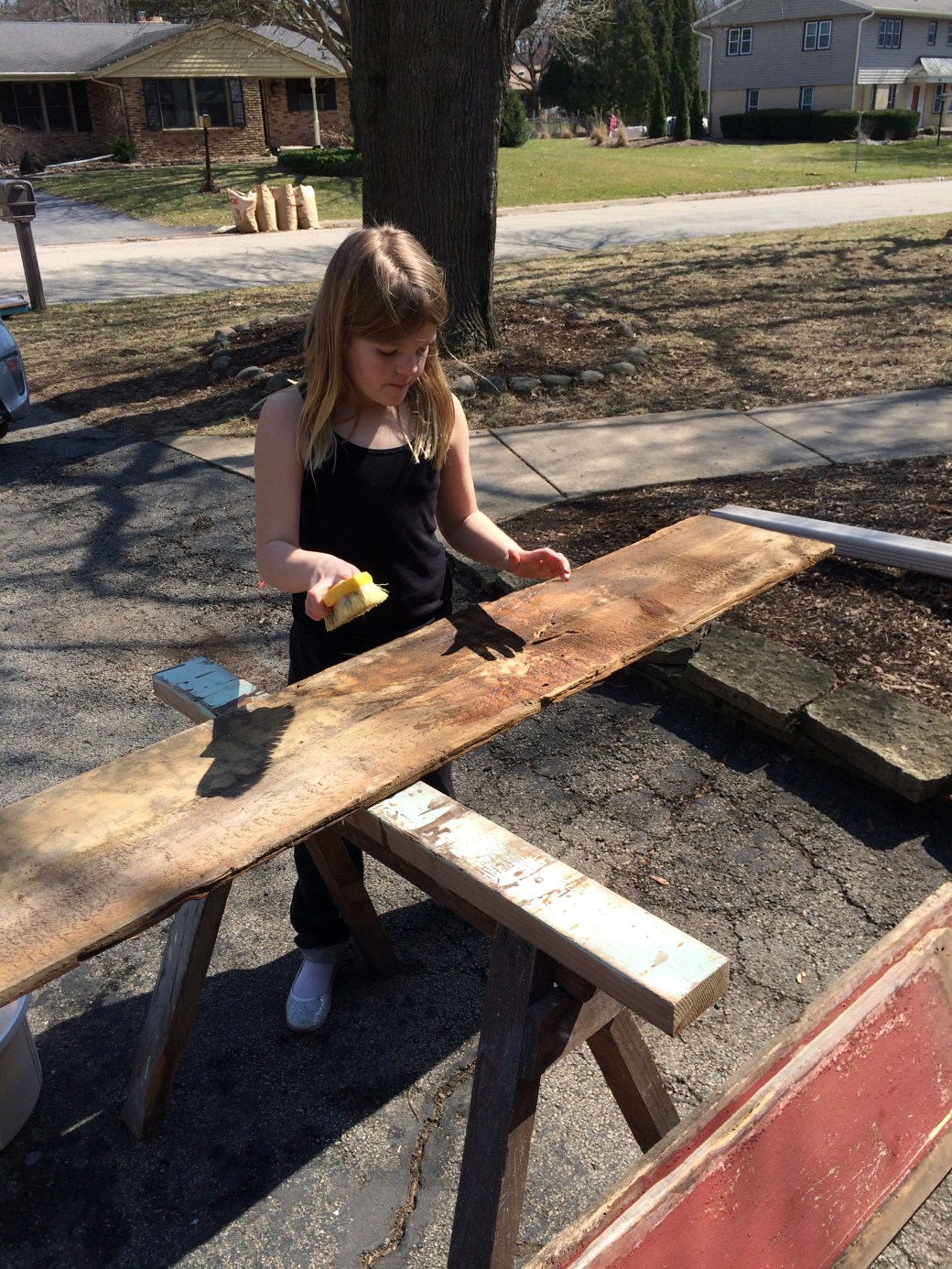
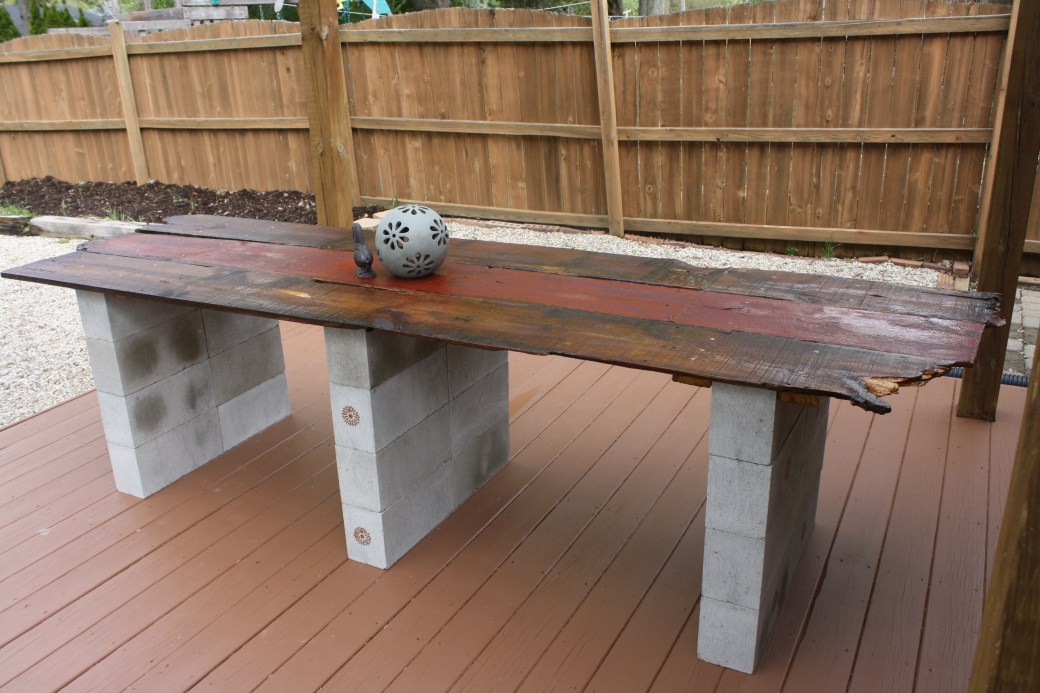
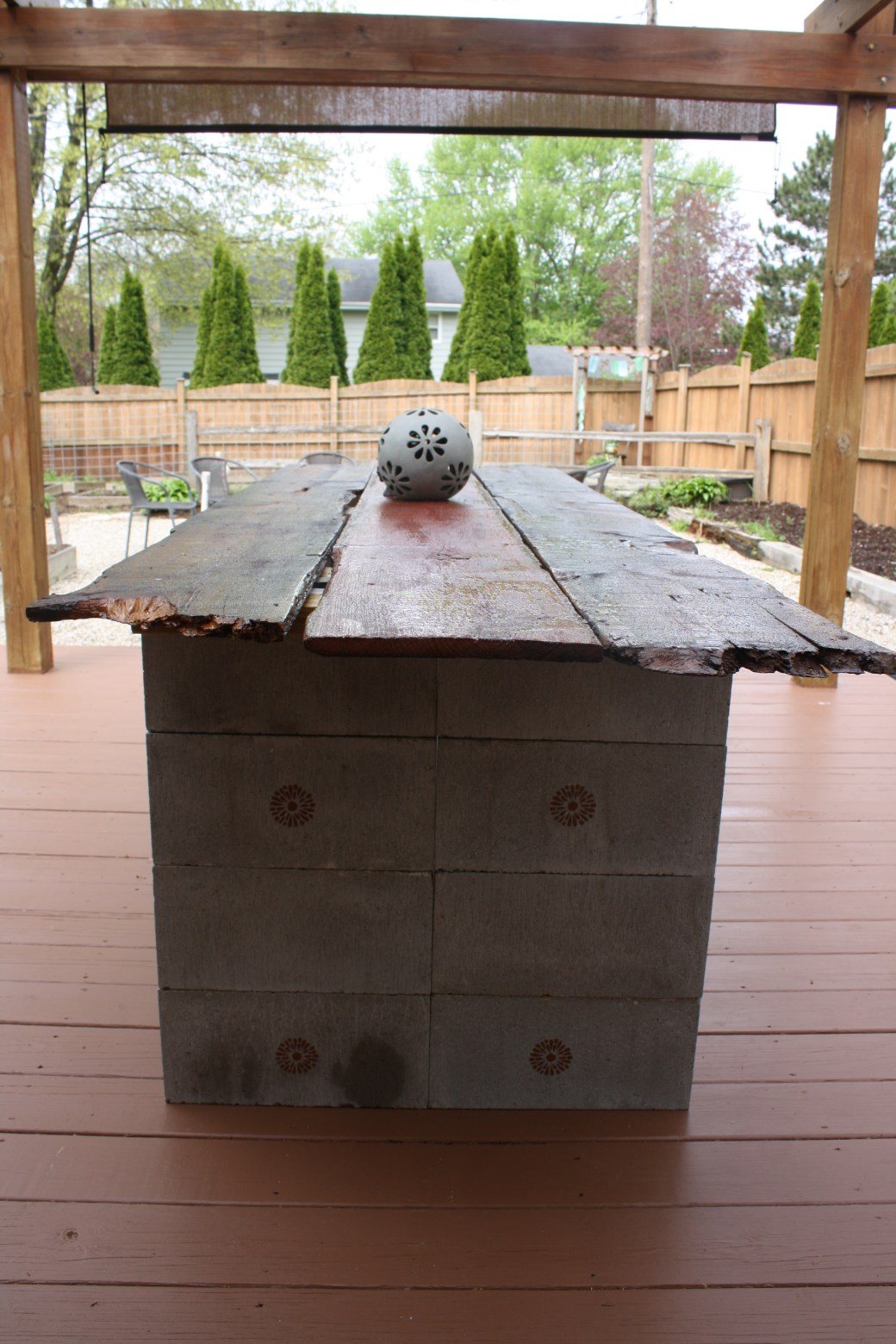

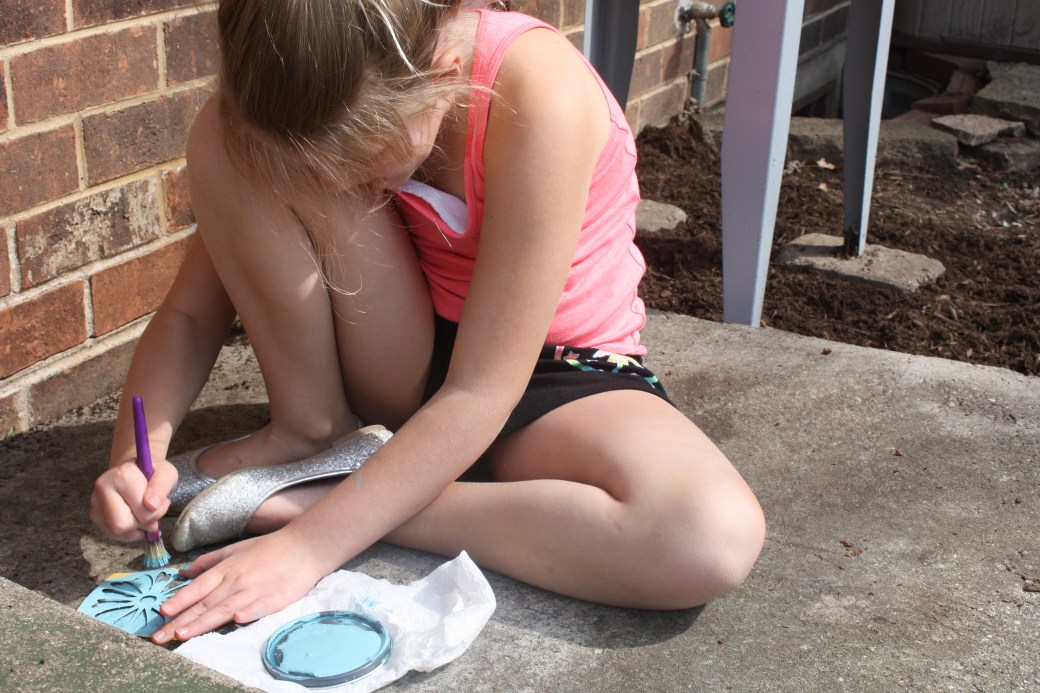
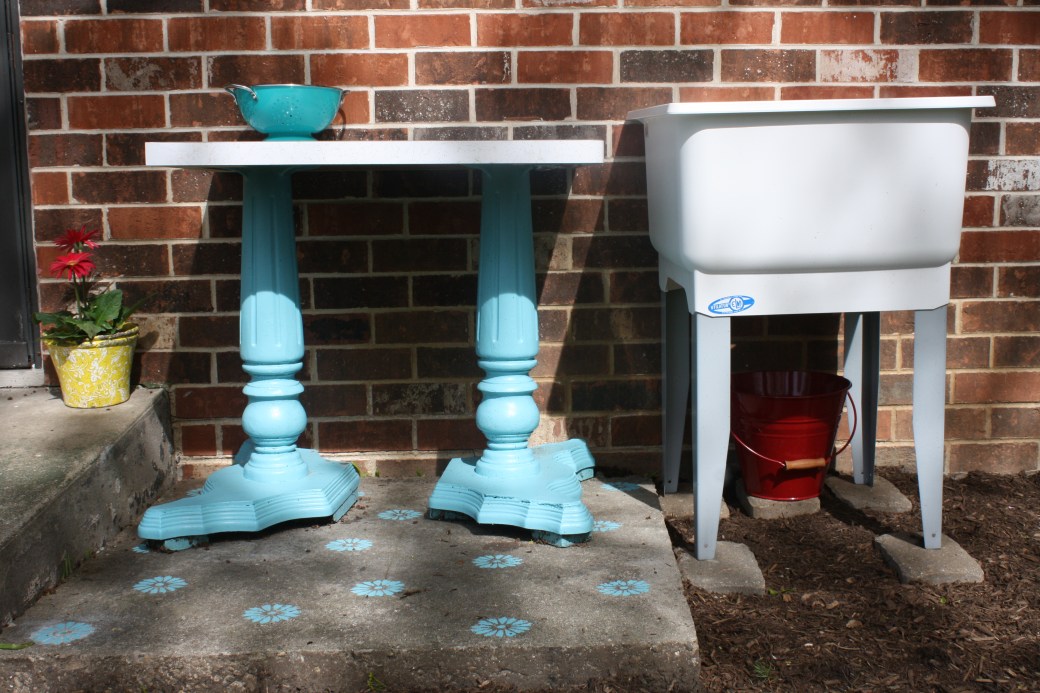
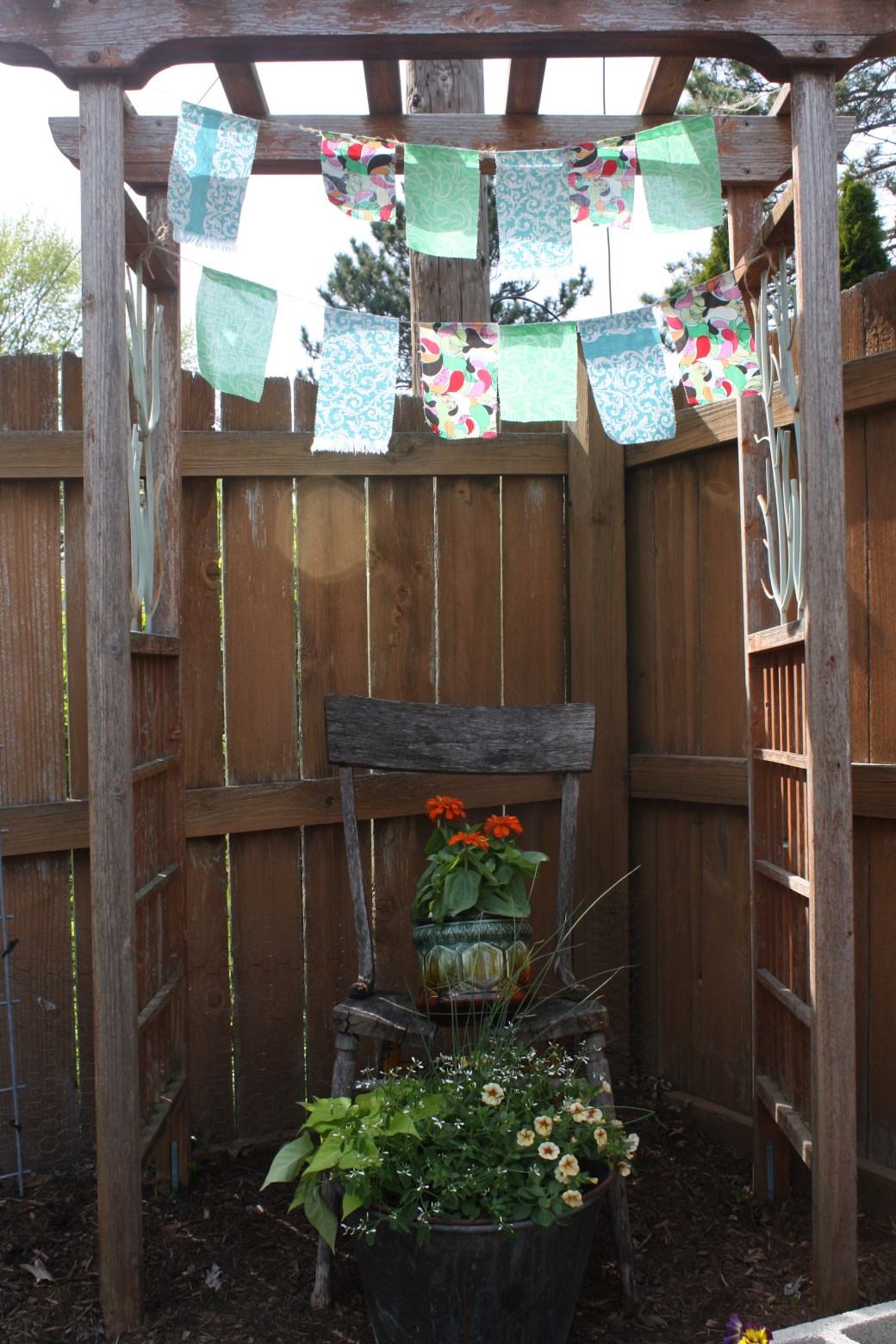









 Before
Before After
After Before
Before After
After











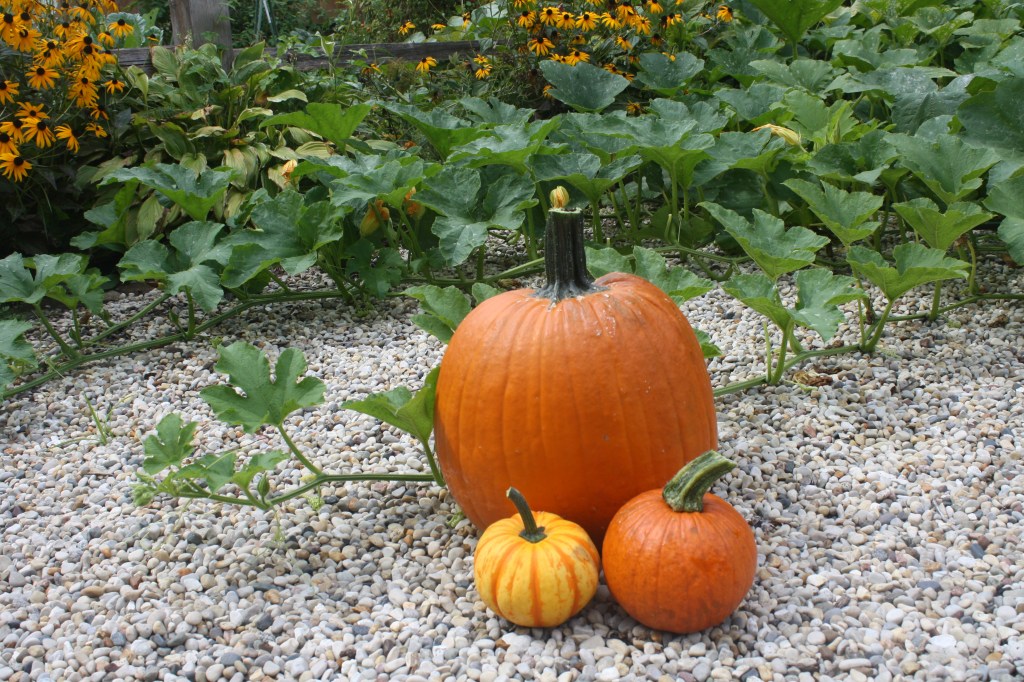









 Last Sunday, we gathered with friends in our late summer garden for some fermentation fun. My husband (and his trusty brewmaster side kick) concocted a nice autumnal nut brown ale, while I worked with some of the other littles on cabbage sauerkraut.
Last Sunday, we gathered with friends in our late summer garden for some fermentation fun. My husband (and his trusty brewmaster side kick) concocted a nice autumnal nut brown ale, while I worked with some of the other littles on cabbage sauerkraut.